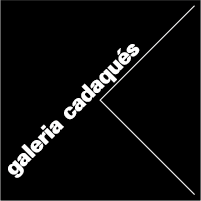
In the era of technical reproducibility announced by Walter Benjamin, the relationship between what had hitherto been the artistic original and its spectator is modified, so that, in the case of art, the sacredness of the museum reaches the everydayness of the screen. It is needless to say that, in this technological line and in this conceptual change in the way of perceiving art, photography plays a significant role. Let us look at how, through the camera, it is possible to highlight aspects of the original that can only be captured through a manageable lens or how the viewer can select, through the camera, different points of view that are inaccessible to the human eye but easily accessible with the application of certain procedures. It is at this point that we must place the works presented by Joan Fontcuberta (Barcelona, 1955), a visual illusionist who reproduces realistic landscapes that want to be reproductions of those that would have inspired painters such as Braque, Cézanne or Cuixart. The mission lies precisely in unveiling – or perhaps generating even more ambiguity – between what should be authorship and authority, the latter subject to interests as disparate as the market, exhibition halls, style… With a laudable combination of creative and theoretical work, his works play with ambiguity, scrutinise the reverse side of appearances and explore the narrative nature of photography.

